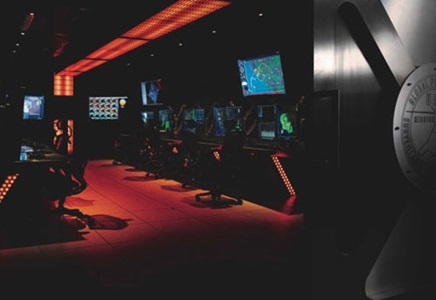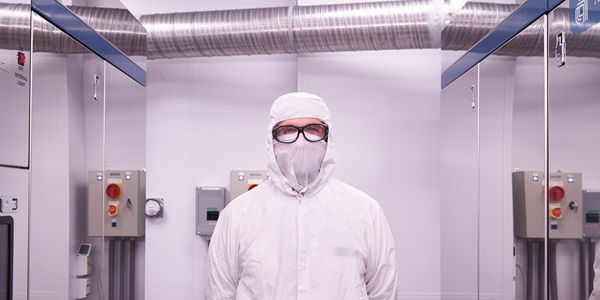Manufacturing the Very Lightweight Torpedo
A Key Factor in Next Gen Defense Technology

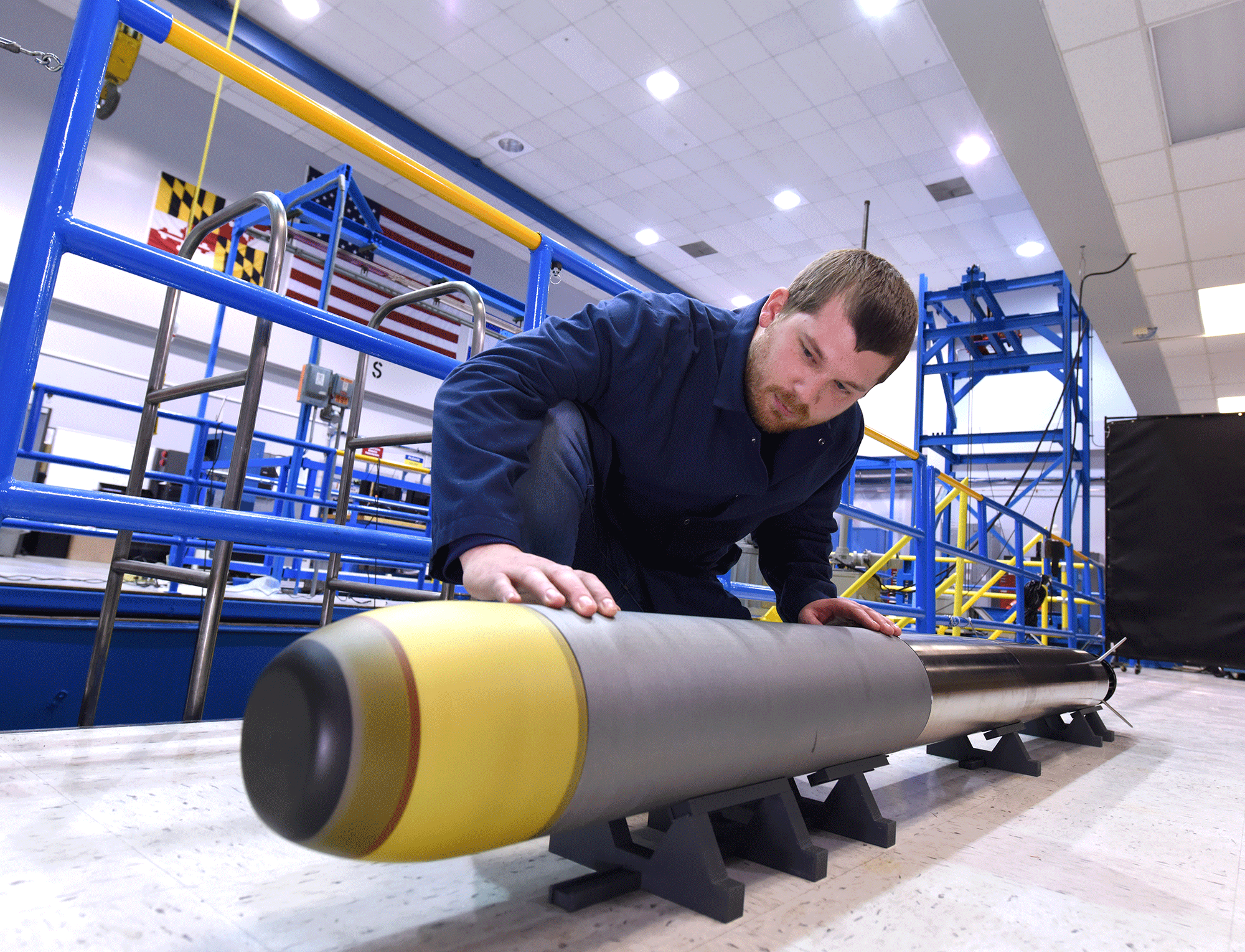
By Scott Gourley
While torpedoes have traditionally been employed against targets ranging from surface ships to hostile submarines, recent years have seen changes in those target platforms — and torpedo designs have evolved in parallel. Few of those changes have been as impactful as today's growing presence of small unmanned underwater and surface vehicles.
A recognized need for a new torpedo design calls for balancing cost implications of emerging unmanned threats and also setting the stage for completely new torpedo applications.
The Very Lightweight Torpedo
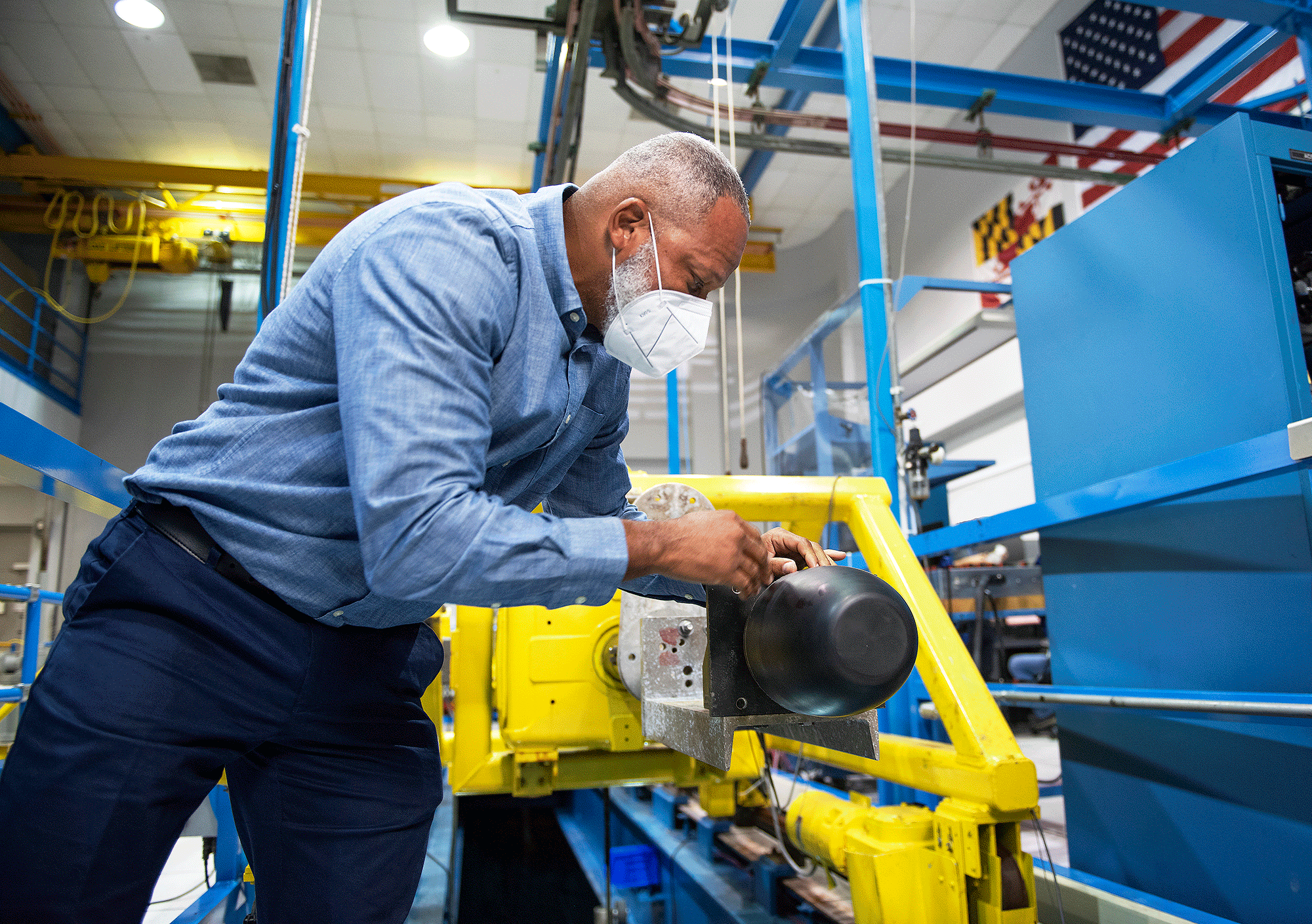
Meeting Defense Challenges
"Platform and threat numbers matter," said David Portner, Northrop Grumman senior program manager, "and the number of weapons you can bring to an engagement will be very important. As you reduce the cost and the size of weapons without reducing their effectiveness, you'll improve your ability to bring more to the fight."
David Portner, Northrop Grumman senior program manager, acknowledges that torpedoes will likely be used against this proliferation of unmanned targets in the future — and cautions that this could bring significant challenges.
That reality drives the vision for a less expensive torpedo design that's also light enough to be carried on new generations of smaller delivery platforms. Enter the Very Lightweight Torpedo.
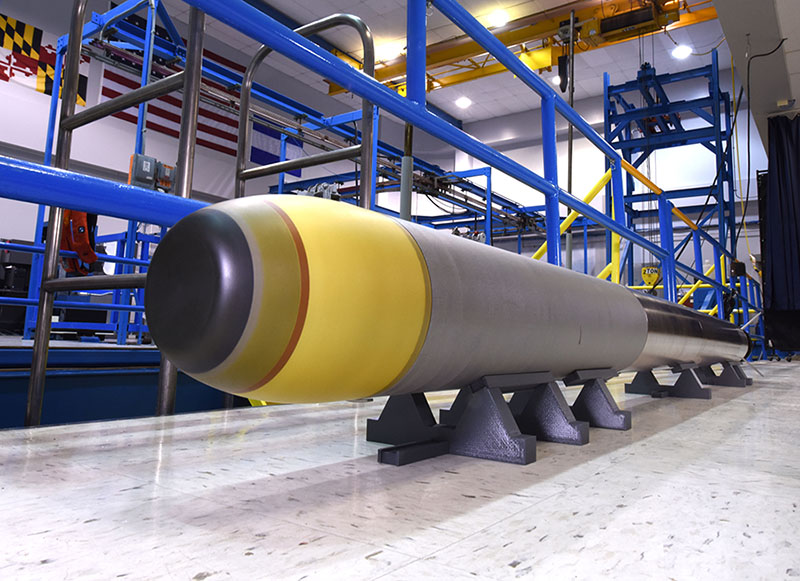
Streamlining Military Technology
Currently, the U.S. Navy utilizes the approximately 4,000-pound heavyweight Mk48 and approximately 600-pound Mk46 and Mk54 lightweight torpedoes. By contrast, the Very Lightweight Torpedo weighs approximately one third of those current lighter systems.
"The SH-60, which is the primary helicopter used for anti-submarine warfare in the U.S. Navy today, can carry two Mk54 torpedoes," Portner explained. "That limits not only their ability to engage a target when they find it, but because those torpedoes are roughly 600 pounds each, they also limit mission flight time. However, if you change that out for four new Very Lightweight Torpedoes, you not only double the ordnance package but also reduce the overall weight of that ordnance, which will increase platform flight endurance."
Moreover, future operations will bring a logical need to extend torpedo employment capability to our own unmanned vehicles — undersea, surface and air — as well as potentially in pre-deployed launch magazines that can be dropped off in a specific critical area. Those types of anticipated future requirements also drive the need for a lower-cost, lighter-weight weapon.

Very Lightweight Torpedo Moves to Industry
The Very Lightweight Torpedo was designed, developed and qualified by the Applied Research Laboratory at Penn State, under a contract from the Office of Naval Research. Although the new design has been improved through several iterations, it was never optimized for production.
As a result, the Navy is preparing to transfer that critical effort to industry. With an anticipated contract award by the end of the year, the new program will allow industry to identify and eliminate cost drivers and potential deficiencies while also modifying the design for high-rate production.
Portner emphasizes that a successful industry effort will require close cooperation and coordination with Penn State, the Naval Undersea Warfare Center and other organizations to ensure that the redesign process does not negatively impact torpedo performance.
Successful Preparation for Future Missions
Portner believes the Very Lightweight Torpedo will have a key role to play in what he called "the landscape of future naval warfare."
In May 2020, Northrop Grumman successfully manufactured and tested the first industry-built Very Lightweight Torpedo (VLWT) for the U.S. Navy. Applying its engineering and manufacturing expertise, Northrop Grumman improved upon the VLWT baseline design to replace high-cost components and drive overall affordability, reproducibility and reliability. Those altered sections were built and tested using PSU-ARL’s own test equipment for confidence.
More innovation stories
Read all stories about advanced technology and innovation >>

